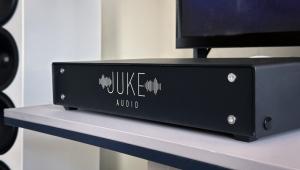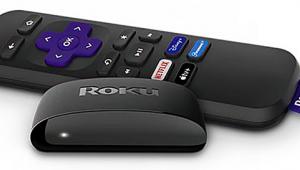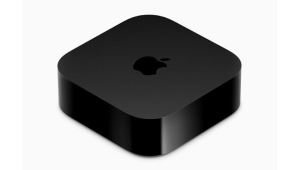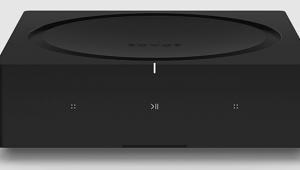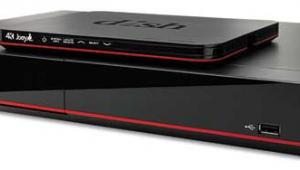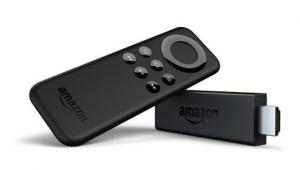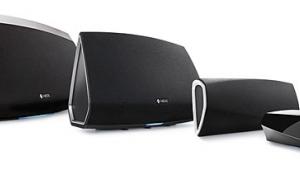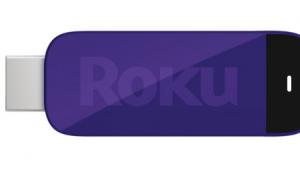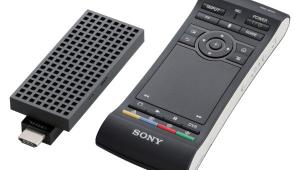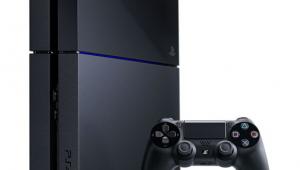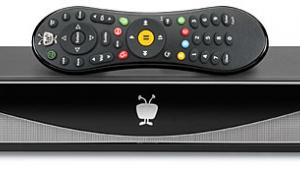I have a bunch of media players in my house. The WD TS LS is my most frequently used one, but semi-frequent lockups when playing local media have me looking at a replacement. I've ordered an Xtreamer SideWinder3 which has arrived, but the firmware with media scraping is still in development, so I can't evaluate it properly yet.
I do love the WD TV LS, and it's the media player I suggest to non-techies because of it's ease of use, but for me I want something a little more robust for my local media.


 There are two USB
connections—one on the front and one on the back of the box. You can use either or both to attach an external hard drive. When a drive is attached, the
WD TV Live will aggregate
your personal files on the drive
so all photos are accessible from the unit’s Photo menu, video from the Video menu, and music from the Music menu. You can extend this Media Library feature to include files from all sources—computers, hard drives, network-attached-storage (NAS) drives, and media servers—connected
to the same home network.
(Read on before you decide
to turn on the Media Library.)
There are two USB
connections—one on the front and one on the back of the box. You can use either or both to attach an external hard drive. When a drive is attached, the
WD TV Live will aggregate
your personal files on the drive
so all photos are accessible from the unit’s Photo menu, video from the Video menu, and music from the Music menu. You can extend this Media Library feature to include files from all sources—computers, hard drives, network-attached-storage (NAS) drives, and media servers—connected
to the same home network.
(Read on before you decide
to turn on the Media Library.)



